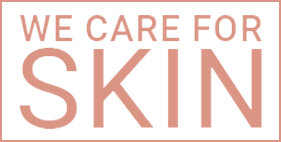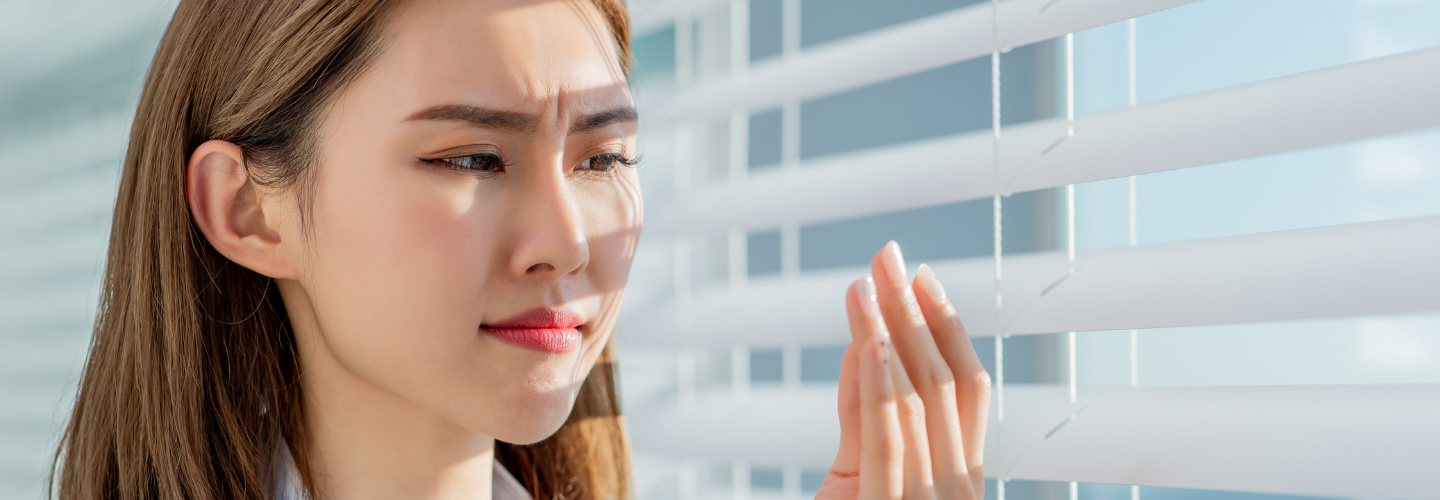Some people may enjoy spending time under the sun—getting the suntan for the perfect summer body. For some, being exposed to the sun is an inevitable reality, whether running errands outside during the day or their jobs require them to be out in the open. And while the sun can help the skin produce vitamin D needed for bone health and function, it also has some downsides that should not be ignored. These adverse effects can range from hyperpigmentation to premature skin aging. However, there have been claims that the sun can clear up acne by drying it out. There have not been many studies to rely on to determine whether the sun has any direct effects on acne, and many people who are experiencing it may still wonder: does the sun affect acne?
A look into acne
Acne is an inflammatory skin condition that develops when a hair follicle is clogged with excess sebum (facial oil), dirt, and/or dead skin cells. Having these harbored in the skin encourages the bacteria naturally present in our skin to over proliferate and cause the effects of acne such as swelling, redness, and inflammation.
Teenagers are mostly at risk of developing acne due to puberty and hormonal changes, but acne can still happen to anyone in the older age range. In some cases, acne naturally goes away on its own after puberty, but some people may still experience it into adulthood.
The sun and skin
It is common knowledge that the sun provides the help that the skin needs to produce vitamin D. While the skin may benefit this way, it is undeniable that the sun can still induce more harm to the skin than its benefits.
The sun gives out UV radiation, and it is harmful when exposed frequently for long durations. It is also possible that because of this, some believe that it’s helpful in improving and drying out acne as it might work similarly to blue-light therapy. However, studies have shown that the broad spectrum of light emitted from the sun and blue-light therapy are not the same, therefore resulting in different results.
The short answer
Claims following the sun’s contribution to improving acne are false. The sun can provide momentary signs of improvement, as the sun’s tanning effects on the skin may mask the appearance of acne, making it less noticeable but ultimately, the sun can make it worse. As a matter of fact, it might even cause acne to worsen.
Having discussed all of these, it should be enough to answer the ever-lingering question in some people’s minds: does sun affect acne? Yes, in more harmful ways than beneficial ones.
Effects on the skin
Acne. Contrary to claims and beliefs, the sun cannot kill P. acnes—the bacteria associated with acne. However, it is true that the skin can experience drying out, but this is mainly because it draws out moisture from the skin, and as the skin is dried off of its natural oils, the skin tries to compensate for it, which will then worsen the present acne condition.
Sun exposure also makes it more difficult for the top layer of the skin to shed, causing unhealthy skin cell turnover. In addition, the sun makes you sweat, and this creates an environment for the bacteria present in our skin to grow causing more pimple breakouts.
Given that the sun can make acne worse, there are also other effects that the sun can have on our skin. These effects commonly include:
Hyperpigmentation. The skin produces melanin when exposed to UV radiation from the sun as a way to protect itself from burning. This results in tanned and darker skin. In some cases, the sun triggers uneven production of melanin causing darkened patches on the exposed area. This is why it is important to always have sun protection, such as sunscreen or sunblock, and wear protective clothing. Forms of hyperpigmentation caused by the sun include melasma and sunspots.
Premature skin aging. The skin naturally ages as we do. Fine lines, wrinkles, and uneven skin tone and texture will eventually be present once we reach a certain age. However, the UV radiation coming from the sun can make this process go faster, thus presenting aging symptoms earlier. While the sun may be the reason behind photoaging, there are also other internal factors that may cause it. Some include genetics, hormonal changes, diet, vices such as smoking and drinking alcohol, an unhealthy lifestyle, pollution, and fewer sleeping hours.
Increased risk of skin cancer. Prolonged sun exposure also increases the risk of current skin disorders developing into skin cancer. Melanoma is a serious type of skin cancer that causes the moles on the skin to grow larger and darker and create new ones. Non-melanoma is also a type of skin cancer that is less serious. It affects the outermost layer of the skin and destroys nearby tissues, but is generally treated by surgery, cryotherapy, and photodynamic therapy.
Other effects
Actinic folliculitis (AF) is a rare pustular dermatosis and seasonal skin condition that is caused by sun exposure. This appears as small, raised bumps on the skin. AF is an inflammatory condition that also appears as papules, pustules, or nodules, and is sometimes mistaken for acne. Areas that are exposed to the sun are mostly affected, such as the face, neck, shoulders, and even the back.
Actinic prurigo (AP) is a rare form of photodermatosis that also affects the sun-exposed areas of the skin. It appears as small papules (rash) and can cause intense itching. These affected sites can also develop eruptions due to inflamed papules.
Actinic keratosis (AK) is also sometimes called solar keratosis. This condition causes the affected areas on the skin to appear as scaly patches, but they have a small chance of developing into a serious condition such as skin cancer.
Rosacea can manifest in the skin as redness, spots (papules and pustules), and a burning or stinging sensation on the affected area. Although the cause of these conditions is still unknown, experts believe that triggers include sun exposure, stress, weather, and certain foods.
What to do
Does the sun affect acne? Yes, and some people may need treatment plans to fight these effects. However, prevention is much better than cure, so the best way to relieve oneself of these dangers is complete protection.
Sunscreen. Some people may believe or fear that the formulation in sun protection products might contribute to more oil, debris, and chemicals on their skin, leading to more acne breakouts. But this is not accurate at all. Effective sun protection does not incur these effects. In fact, choosing the right one for your skin type can be a big help toward combating acne. Choose products that are specially formulated for those who have acne-prone skin. Some can also opt for light creams, gels, or sprays that are non-comedogenic for sun protection without blocking the pores.
Talk to your dermatologist. In cases where acne has already progressed and treatment is needed, the best way to ensure proper treatment is to consult your dermatologist for a treatment plan. Most of the time, self-medication leads to more problems rather than solving existing ones. Most dermatologists may prescribe taking isotretinoin such as Acnetrex to treat moderate-to-severe types of acne. Its formulation works by lessening the activity of sebaceous glands, reducing their size, slowing down sebum production, and preventing acne from coming back. Just make sure to disclose any present conditions with them such as pregnancy since these types of medications can have serious adverse effects.
Wear protective clothing. Ensure that the skin is protected by using protective layers of clothing. Double layers of clothing may also come in handy for extra protection, as the sun may still seep through. An umbrella is also a great option especially when you want to wear more comfortable clothing while outside.
Avoid sun exposure. The World Health Organization recommends that we should only have around 5 to 15 minutes of sun exposure 2 to 3 times a week to get the benefits of the sun but not risk any damage. If possible, avoid exposure to the sun especially at times when the UV index is at its highest.
References
-
Rahman, S. S., Powell, J., & Al-Ismail, D. (2020). First reported cases of actinic folliculitis treated successfully with topical retinoid. Clinical and Experimental Dermatology, 45(6), 716–718. https://doi.org/10.1111/ced.14179
-
Hamilton, F., Car, J., Lyons, C. R., Car, M., Layton, A. M., & Majeed, A. (2009). Laser and other light therapies for the treatment of acne vulgaris: systematic review. British Journal of Dermatology, 160(6), 1273–1285. https://doi.org/10.1111/j.1365-2133.2009.09047.x,
-
Pile, H. D. (2022, May 8). Actinic Prurigo. StatPearls - NCBI Bookshelf. https://www.ncbi.nlm.nih.gov/books/NBK499957/
-
Wong, V., & Burgin, S. (n.d.). Actinic folliculitis. From https://www.visualdx.com/visualdx/diagnosis/actinic+folliculitis?diagnosisId=57061&moduleId= 101
-
Eucerin. (n.d.). Hyperpigmentation and the sun | sun protection |Eucerin. https://int.eucerin.com/skin-concerns/sun-protection/hyperpigmentation-and-the-sun
-
Berks Plastic Surgery. (2021). Surgery, B. P. (2022, September 6). Are Sun and Acne Related? - Berks Plastic Surgery. Berks Plastic Surgery. https://www.berksplasticsurgery.com/blog/are-sun-and-acne-related
Article Reviewed by: Dra. Carol Carpio


